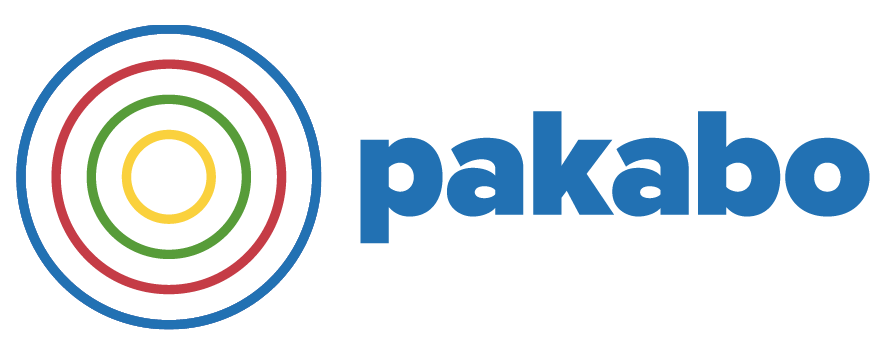On this blog are posted observations from ethnographic research carried out with a number of primary schools. Particular interest is given in building an understanding of the learning environment, how teachers encourage learning through play, the communication used to introduce maths, and how teachers affirm reflection and self awareness in the child and the activity they have experienced, “meaning-making”.
Working in pairs with PAKABO
In this blog we briefly describe the trial of a kindergarten teacher using PAKABO with her 4-5 year old pupils. The teacher organised her classroom so that one table had 1 PAKABO set with 1 iPad, while on the other 3 tables children worked on tracing sheets with pencils, crayons, scissors and glue. In the session, the learning goals were to encourage the cooperation and socialisation between children by playing in pairs, to solve cognitive problems in a fast paced environment, to practice graphomotor skills as a preparation for handwriting, to introduce children to letters and numbers as well as to develop mathematical logical thinking and Maths skills such as counting and classification.
Testing PAKABO in a classroom
The post describes a testing session conducted in late April 2018 at an Elementary School in Štore, Slovenia. Participants were 14 children (9 boys and 5 girls) from a kindergarten group aged 4-5 years. Most of the children in the test had good graphomotor skills, good pencil grip, while some had a slight tendency to rotate paper when drawing lines. Children sat behind 4 tables. One table had 3 PAKABO sets with 3 iPads, while on other 3 tables children worked on tracing sheets with pencils, crayon, scissors and glue. During the session children played 3 digital games. The session lasted 115 minutes. The work went very smoothly, with the minimal intervention from the teachers and researchers. Children would turn rounds between playing apps on the PAKABO controller and trace sheet activities. Each child completed at least 3 tracing sheets. Working sheets with bands proved most popular. Teachers’ feedback was very positive. They liked the connection between characters in the digital games and trace sheets. They found very positive the way how screen time is managed by offering pen and paper activities.
Cursive or Print? Children still learn cursive but most parents do not use it.
For many, cursive handwriting is a thing of the past, an archaic method taught in the days before keyboards and touch screens. Many schools in North America and Finland have opted out of teaching it. However France has reconsidered the importance of handwriting for children following recent neuroscientific research, with several states in the U.S. re-introducing the practice in elementary school. Many experts claim that cursive handwriting is faster and more efficient and that it plays a significant role in the formation of logical and symbolic thinking, the development of learning abilities and problem solving. Writing letters is an important psychomotor activity. The connecting letters help the child to produce smooth, rather than choppy, strokes with the pencil. In many Montessori classrooms, cursive script is taught before print. There is no common ground if cursive or print is better for children with special needs. Some dyslexic students may benefit learning cursive, because letters, like b & d, look more different from each other. However cursive might be much harder for such a child, because there is a lot more to think about.
Is handwriting still important?
In the age of computers, many ask why handwriting is still important. It is true that more students are completing assignments and tasks using keyboards and tablets, however the majority of classroom time is still spent on pencil and paper. Teachers are not keen of using iPads with younger children. One of the reasons is the lack of educational technologies that support the curriculum at that early stage. EdTech (Educational Technology) products should therefore not focus on the act of handwriting, on challenges children face when they start learning handwriting, such strength and control of small muscles movement, hand-eye coordination and the general ability to hold pencils.




